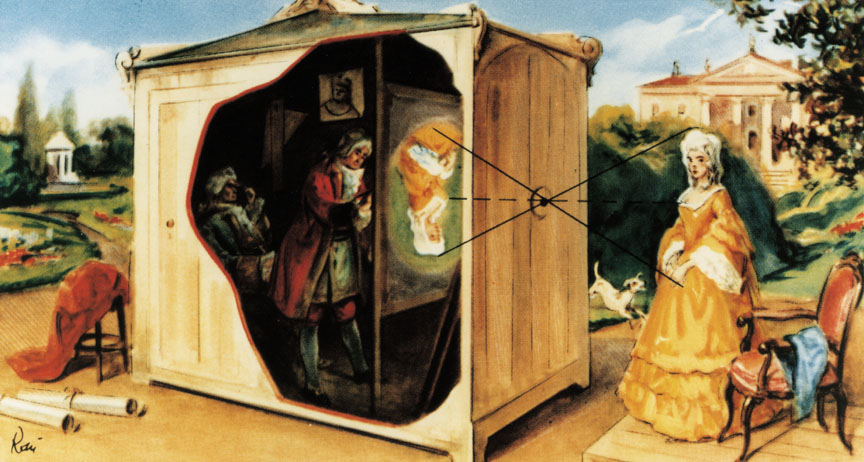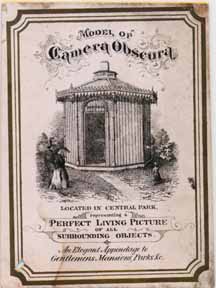The Camera Obscura: Past and Present
A Chinese philosopher was the first to found the concept of the Camera Obscura: in the fifth century he discovered that light passing through a pinhole creates an inverted image on the opposite wall of a dark room. Aristotle made similar observations a century later. When the object or scene that is illuminated is recorded through a small pinhole the images are received upside down, just like the human eye. The outside light enters the hole at an angle as light reflects off the tops of trees and other various landmarks; the image is then crossed and formed upside down. The human brain, just like the Camera Obscura receives an upside down image from the optic nerves, fortunately for us, the brain corrects the image. According to an article written by Isabelle Pantin, the Camera Obscura shows the process of formation of images and concepts in the mind.

Small altercations were made to the applications of the principle for centuries to come: in the 16th century a lens and a diaphragm were added to control the aperture for superior focus and depth of field, in the 17th century a German mathematician re-invented the projected image with mirrors so that the scene could be traced and recorded on to translucent paper. It was not until the 1800s that photography was first used in conjunction with the Camera Obscura by inserting chemically treated paper or metal on the opposite surface of the pinhole to capture the projected image of light. It is also thought that the concept of the Camera Obscura was used as a painting aid dating back to 1430. While there is no documentation of this practice until the 17th century, there is evidence that suggests that cityscape painter Vanvitelli relied on the light projection to create his masterpieces.

A Cuban photographer by the name Abelardo Morell took the Camera Obscura’s role in art and photography to new heights. By giving a darkened room a pinhole opening, Morell turned entire rooms into magical landscapes. Morell first created a “room with a view” in his son Brady’s bedroom with an inverted image of the New York City skyline.

Performing this simple project through the use of the Camera Obscura gave the artist a chance to be inside the camera as the image from outside bathed “bare walls and plush, well furnished interiors” with “significant buildings or empty coastlines.” A video produced by National Geographic demonstrates how you can make your own room-sized Camera Obscura:
http://ngm.nationalgeographic.com/2011/ ... cura-video. Stephanie Zettl, a contemporary photographer used the same idea of inverting an image into a darkened room, but also added a live, nude model to her photograph. Using an advanced design of a Camera Obscura, the iPhone camera, to give the body and face of the model more light exposure, Stephanie created a masterpiece with a digital, pinhole camera.

There have been several advances in the concept of the projection of light and visible images since the Camera Obscura was first used in the fifth century; Stefano Marchesini created an x-ray hologram of small objects at the Advanced Light Source at the Lawerence Berkeley National Laboratory. Marchesini used coded apertures, inspired by the pinhole camera, to “explore methods of making images of nanoscale objects on the time scale of atomic motions, a length and time regime that promises to become accessible with advances in free-election lasers.”

More simply, every camera that is used is an advanced Camera Obscura, created to process images just as the human eye does. A timeline, Cameras: Past, Present, and Future, illustrates the developments in the camera from the Camera Obscura, color film, the iPhone camera, and future projects in technology such as 3D cameras.
http://www.timetoast.com/timelines/came ... and-future. “Using special perpendicular lenticular sheets to create nine parallax image layers,” 3D technology will no longer be a concept, but the standard for future viewing of images.
Sources:
Miha Čekada, et al. "The Use Of Camera Obscura In Sputter Deposition." Vacuum 84.1 (2009): 45-48. Academic Search Complete. Web. 2 Oct. 2012.
Pantin, Isabelle. "Simulachrum, Species, Forma, Imago: What Was Transported By Light Into The Camera Obscura? Academic Search Complete. Web. 2 Oct. 2012.
Mussuiman, Joseph. “Camera Obscura- How it Worked” Discovering Lewis & Clark. 1 Oct. 2012. Web.
http://lewis-clark.org
Highfield, Roger. "Shadow Play." New Scientist 211.2829 (2011): 26-27. Academic Search Complete. Web. 2 Oct. 2012.
O'Neill, Tom. "Rooms With A View." National Geographic 219.5 (2011): 118-129. Academic Search Complete. Web. 2 Oct. 2012.
“Making Your Own Room With a View” National Geographic. 1 Oct. 2012. Web.
http://ngm.nationalgeographic.com/2011/ ... cura-video
Zettl, Stephanie. “A Nude Photographed in a Camera Obscura and lit by an iPhone” Photography by Neil can Nickerk. 15 May 2011. 1 Oct. 2012. Web.
http://neilvn.com
Preuss, Paul. “The Brightest, Sharpest, Fastest X-Ray Holograms Yet” Berkeley Lab: Lawrence Berkeley National Laboratory. 1 Aug. 2008. 2 Oct. 2012. Web.
http://www.lbl.gov/publicinfo/newscente ... grams.html
Coles, Olin. “Why 3D Camera Technology Will be the Future” BenchmarkReviews.com. 21 Oct. 2010. 1 Oct. 2012. Web.
http://benchmarkreviews.com/index.php?o ... 1&Itemid=8
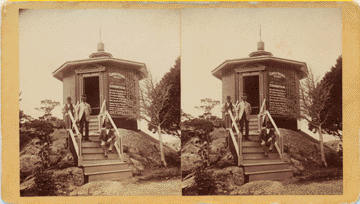
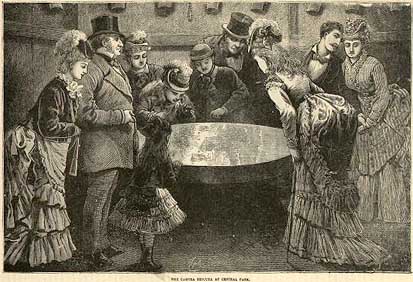
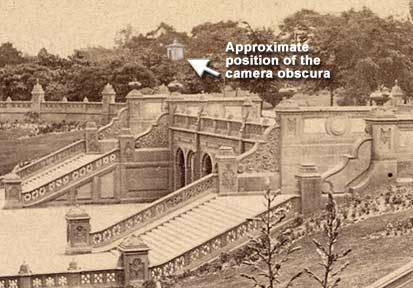





 Performing this simple project through the use of the Camera Obscura gave the artist a chance to be inside the camera as the image from outside bathed “bare walls and plush, well furnished interiors” with “significant buildings or empty coastlines.” A video produced by National Geographic demonstrates how you can make your own room-sized Camera Obscura:
Performing this simple project through the use of the Camera Obscura gave the artist a chance to be inside the camera as the image from outside bathed “bare walls and plush, well furnished interiors” with “significant buildings or empty coastlines.” A video produced by National Geographic demonstrates how you can make your own room-sized Camera Obscura:
 More simply, every camera that is used is an advanced Camera Obscura, created to process images just as the human eye does. A timeline, Cameras: Past, Present, and Future, illustrates the developments in the camera from the Camera Obscura, color film, the iPhone camera, and future projects in technology such as 3D cameras.
More simply, every camera that is used is an advanced Camera Obscura, created to process images just as the human eye does. A timeline, Cameras: Past, Present, and Future, illustrates the developments in the camera from the Camera Obscura, color film, the iPhone camera, and future projects in technology such as 3D cameras. 




